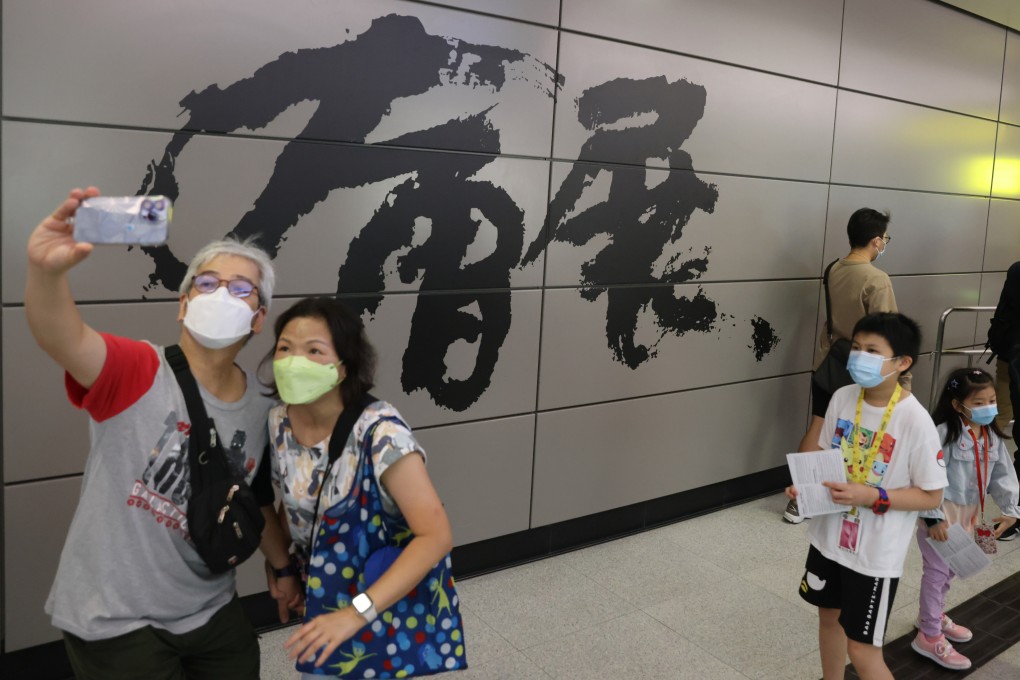Editorial | Sha Tin-Central link must lead to costly lessons being learned
- Costing HK$90.7 billion, Hong Kong’s most expensive rail project, which opens on Sunday, has been plagued by repeated delays and shoddy works

The twists and turns of constructing the Sha Tin-Central link are nothing short of those of a transcontinental railway. The HK$90.7 billion rail project is Hong Kong’s most expensive yet, plagued by repeated delays, shoddy works and cost overruns. There is finally light at the end of a decades-long public works nightmare tunnel, with the remaining cross-harbour section due to open on Sunday.
The link from Hung Hom to Admiralty only extends the century-old East Rail by a few kilometres; but marks a new milestone in the city’s railway history. It forms the fourth cross-harbour rail route, taking commuters directly from the northeastern New Territories to the heart of Hong Kong Island without changing trains.
The benefits go beyond cutting individual trips by up to a quarter of an hour. The first two phases of the project already saw the railways in New Territories West and Ma On Shan connected to form the city’s longest loop with multiple interchanges with other routes. Not only does it help ease the burden on other lines, it also provides access to the Convention and Exhibition Centre area with a new station in Wan Chai north. The linkage of five major rail lines has greatly enhanced connectivity and convenience.
We trust the authorities will ensure a smooth ride ahead. There are concerns that the train compartments will become even more crowded following the switchover from a 12-carriage train system to a nine-carriage operation. Meanwhile, the legacy of the East Rail having a different fares system following the merger of two railway companies in 2007 has yet to be rationalised. The impact on existing cross-harbour bus services is also being closely watched.
The full opening marks the end of a series of engineering and management woes. But the dark chapter cannot close without lessons learned. Announcing the launch with the MTR Corporation in a press conference, Secretary for Transport and Housing Frank Chan Fan pledged to draw lessons from the blunders, adding that the scrutiny and supervision of the project and related procedures had been enhanced. “We will learn a lesson from the past and let past experience guide us for the future,” he said.
With more railway projects under planning, there is every reason to guard against similar problems. Under the Northern Metropolis concept unveiled by Chief Executive Carrie Lam Cheng Yuet-ngor last year, a network of strategic railway expansion projects, including a new link connecting the New Territories with the fast expanding economic zone of Qianhai on the mainland, will become the engine of cross-border development and integration. Details such as the scope, costs and timetable have yet to be fleshed out. But the city cannot afford to repeat the mistakes. Lessons must be learned.
